When I hosted a read-along of The Secret Garden by Frances Hodgson Burnett earlier this fall, we spent time discussing the wonderful personality, character, and symbolism of the robin “who showed the way” to the secret garden. After hearing many intriguing tales that members of the group had heard about robins at Christmas time, I decided to read more for myself. I especially wanted to know why the robin features so often on British Christmas cards, tins, and decorations – especially those that have a more vintage feel.
And, of course, I wanted to know if Robin Redbreast was part of the Christmas season during Jane Austen’s lifetime or if that came about later. What I found was fascinating!
Robins as Symbols of Good Will
If you’ve ever seen a robin, you’ll notice that the friendly brown bird’s breast is more of an orange color than a reddish hue. Apparently, the color orange didn’t originally have a name in the UK. Thus, according to tradition, the robin was named for its “red” breast and it stuck.
Robins in art and literature are always associated with good will and friendliness. They are known to be the gardener’s friend. They are intelligent, happy birds who almost seem as though they are communicating. Robins also symbolize spring, good fortune, new beginnings, and rebirth.
Robins are so generally known as happy, cheerful birds that many field guides even say that the robin’s call sounds like this: “Cheer up! Cheerily! Cheer up! Cheerily!”
Robins as Guides in Literature
Robins feature throughout British folklore, stories, and classic literature. They are usually bright, friendly, happy, cheerful birds. They are often depicted as clever and intelligent birds.
The robin features in The Secret Garden as Mary Lennox’s first friend in England and the one who shows the way to the door of the mysterious garden and to the key to the locked door:
“You showed me where the key was yesterday,” Mary said. “You ought to show me the door today; but I don’t believe you know!”
The robin flew from his swinging spray of ivy on to the top of the wall and he opened his beak and sang a loud, lovely trill, merely to show off. Nothing in the world is quite as adorably lovely as a robin when he shows off—and they are nearly always doing it.
One of the nice little gusts of wind rushed down the walk, and it was a stronger one than the rest. It was strong enough to wave the branches of the trees, and it was more than strong enough to sway the trailing sprays of untrimmed ivy hanging from the wall. Mary had stepped close to the robin, and suddenly the gust of wind swung aside some loose ivy trails, and more suddenly still she jumped toward it and caught it in her hand. This she did because she had seen something under it—a round knob which had been covered by the leaves hanging over it. It was the knob of a door.
The Secret Garden
In C.S. Lewis’ Chronicles of Narnia, a robin is a guide once again, helping the Pevensies find their way:
They were all still, wondering what to do next, when Lucy said, “Look! There’s a robin, with such a red breast. It’s the first bird I’ve seen here. I say!—I wonder can birds talk in Narnia? It almost looks as if it wanted to say something to us.” Then she turned to the Robin and said, “Please, can you tell us where Tumnus the Faun has been taken to?” As she said this she took a step towards the bird. It at once hopped away but only as far as to the next tree. There it perched and looked at them very hard as if it understood all they had been saying. Almost without noticing that they had done so, the four children went a step or two nearer to it. At this the Robin flew away again to the next tree and once more looked at them very hard. (You couldn’t have found a robin with a redder chest or a brighter eye.)
“Do you know,” said Lucy, “I really believe he means us to follow him.”
“I’ve an idea he does,” said Susan, “what do you think, Peter?”
“Well, we might as well try it,” answered Peter.
The Robin appeared to understand the matter thoroughly. It kept going from tree to tree, always a few yards ahead of them but always so near that they could easily follow it. In this way it led them on . . .
The Lion, the Witch, and the Wardrobe
In fact, robins are so well known as symbols of goodness, when Edmund asks Peter, “How do we know which side that bird is on? Why shouldn’t it be leading us into a trap?” Peter replies, “That’s a nasty idea. Still—a robin you know. They’re good birds in all the stories I’ve ever read. I’m sure a robin wouldn’t be on the wrong side.“
Robins and December
Robins in the UK (European Robins) don’t migrate; they stay in England year-round. They are territorial birds and they do not often leave their homes or nesting areas. It’s common to see them out and about during the winter because that is when they begin to look for mates. This is another reason robins have become synonymous with December and winter time.
In The Nature Notes of an Edwardian Lady (1905) by Edith Holden, a journal of watercolor paintings of flowers, plants, birds and butterflies, along with poems and anecdotes, the author has a section devoted to each month of the year. For December, she includes this watercolor of several birds, including a robin. She also includes a poem about robins.
Robins and Christianity
Several old English fables and folk tales link the robin to Christianity. There are many versions of the tales told, but there are two that are quite popular. The first one explains that the robin used to be a plain, brown bird with no red breast, but it went to sing to Jesus when he was dying on the cross. The blood from Jesus’ wounds are said to have stained the bird’s breast, thereby giving it a red breast.
In another tale, the robin was present at the birth of Jesus. It was a cold night in Bethlehem, and the story goes that a brown bird came near and fanned the flames of a small fire to help keep the baby Jesus warm. His breast was scorched by the flames and turned red thereafter.
There are other similar old fables and tales that link robins with Christmas in the Christian tradition. Perhaps you’ve heard one. (If so, please share it in the comments.) There have been many stories told and written since that feature the robin or other friendly birds at Christmas.
Robins and Victorian Christmas Cards
If you’ve seen Christmas cards and decorations featuring a robin redbreast, it most likely came about during the Victorian era.
During the mid-1800s in England, Christmas cards became popular. People even began to send Christmas greetings by post. At the time, Victorian postmen wore red coats. Tradition has it that these “red breasted robins” went from house to house and from street to street, delivering season’s greetings and well-wishes.

Ever since the days of these red-breasted mail carriers, robins have been featured on Christmas cards. Many vintage Christmas cards from that era even have drawings of a robin with a letter in its mouth. Robins delivering the mail – even sometimes dressed as mail carriers – has been part of traditional Christmas culture ever since!
Robins and Jane Austen
Would Jane Austen have sent Christmas cards or been familiar with the robin red-breast at Christmas time? No, she would not. She definitely would not have sent cards at Christmas. However, she may have been familiar with some of the old tales about the robin. And of course, I’m sure she met many robins on her rambles through the country lanes of Hampshire.
Yet again, the Victorians introduced another beloved Christian tradition and symbol that we’ve all come to enjoy and recognize.
If you’re feeling blue this Christmas or winter, try some bird-watching. It’s such fun and you just might hear a friendly, “Cheer up! Cheerily! Cheer up! Cheerily!”
RACHEL DODGE teaches college English classes, gives talks at libraries, teas, and book clubs, and writes for Jane Austen’s World blog. She is the bestselling author of The Little Women Devotional, The Anne of Green Gables Devotional and Praying with Jane: 31 Days Through the Prayers of Jane Austen. Now Available: The Secret Garden Devotional! You can visit Rachel online at www.RachelDodge.com.

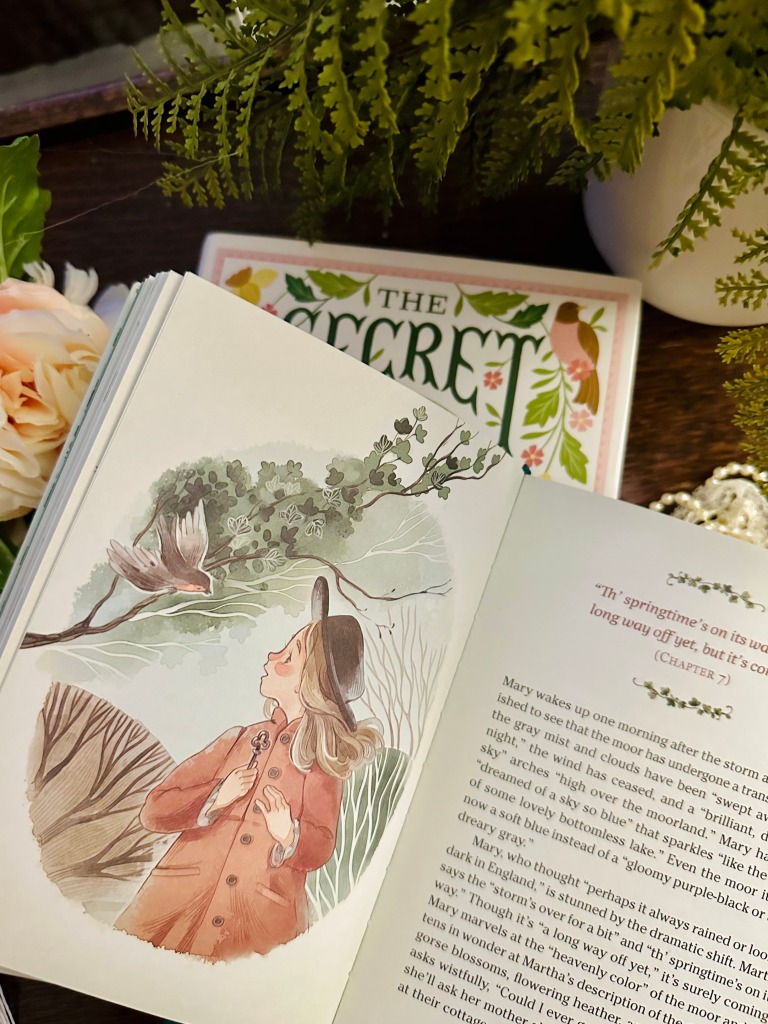


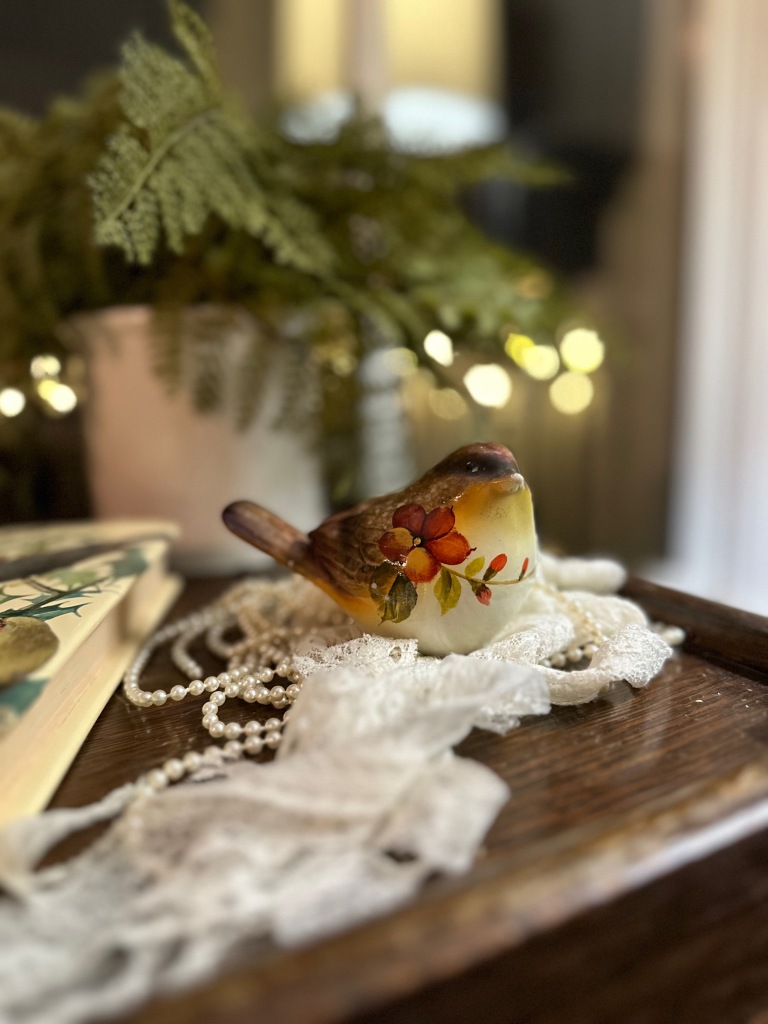
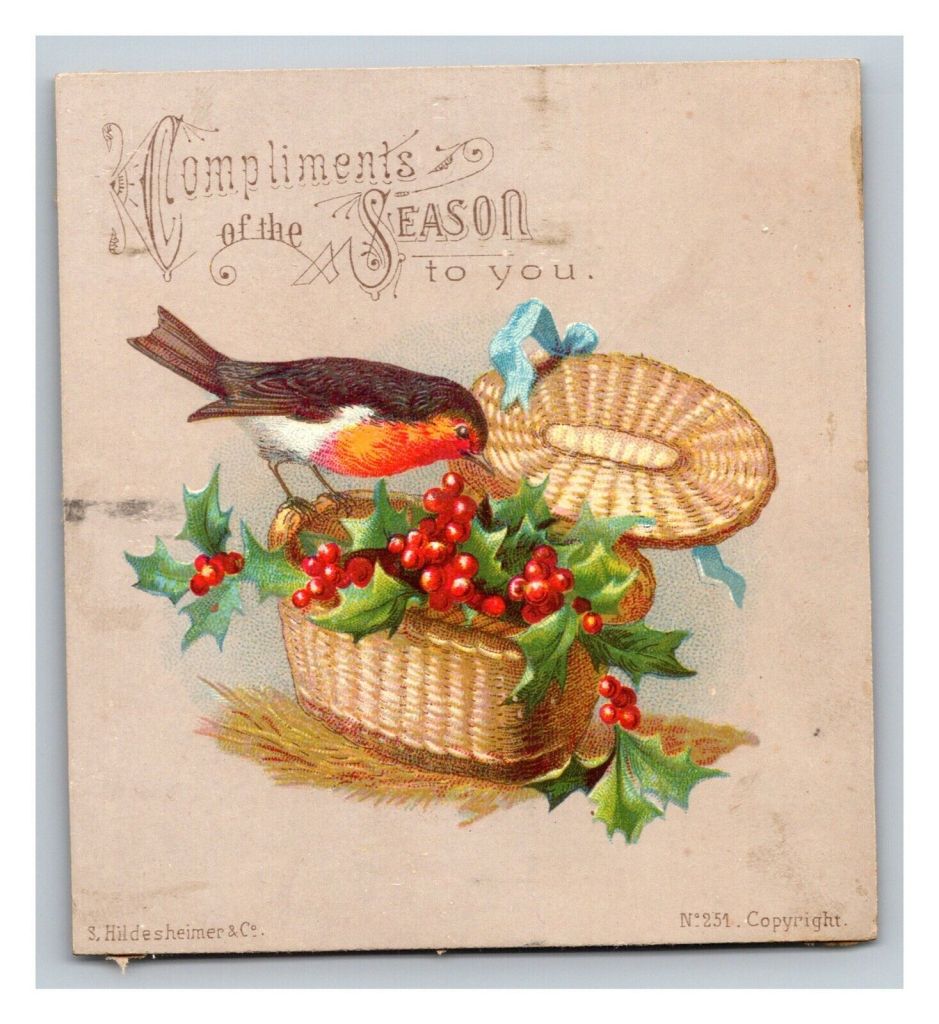
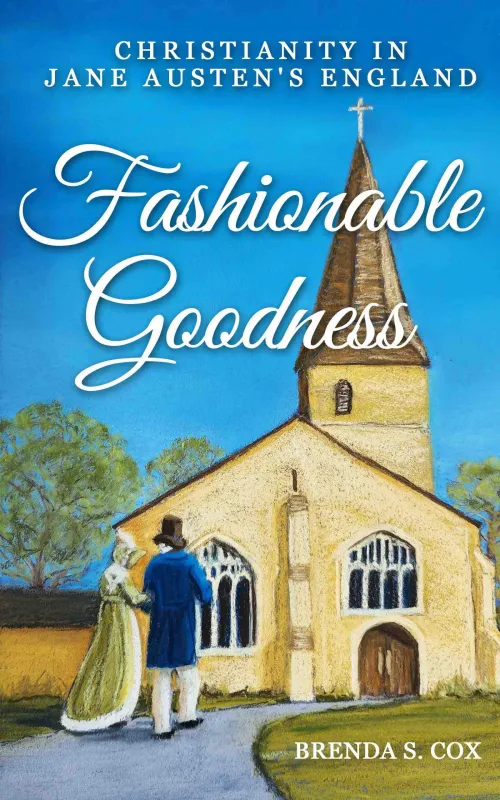




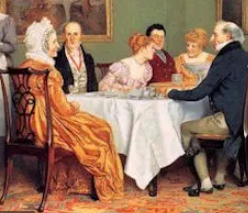


Thanks for this, Rachel. I was surprised to learn recently, in a discussion group of the CS Lewis book you quoted above, that the English robin is a completely different bird than the American robin. They look a little alike, but the English bird is much smaller and is from the flycatcher family while the larger American robin is from the thrush family. Here’s a post I found about the two birds: https://urbannature.blog/2021/04/30/who-is-the-real-robin/ But when we read, I guess we all tend to picture the robins we’re familiar with, and I don’t suppose it makes much difference to the stories!
I found that fascinating as well as I did my research for The Secret Garden Devotional!
You are so right, Brenda. Homesick British immigrant to the colonies were so enthralled by a bird that resembled the ones in their native country that they named the American version a robin because of its familiar coloring. But the European orange breasted bird (which made its home in gardens) was much smaller. The American robin was twice its size and four times the weight of its foreign “cousin”, and belonged to a different classification of bird. (Ahem, I belong to our local forestry board and LOVE these distinctions.) Good catch. https://www.audubon.org/news/ask-kenn-kaufman-are-american-robins-really-robins
Yes, ours are quite chunky in comparison! :)
It’s all so fascinating.
Thank you, Denise!
Brenda is spot on – those little guys from the UK are dainty compared to the ones in my backyard. Mine are pretty loud and bossy but such fun to watch. I love you stories about how robins have featured in so many tales over the years. Mostly, though, I adore your little ceramic robin in the picture above…just precious! Thanks for sharing!
Thank you, Lynne! I bought that years ago (I can’t even remember where now) and I always keep him on my bookshelf!
the legend I know of the robin is how robin stole fire for humans and his breast was burned from the brand he valiantly carried.
I have been cheered over this difficult year of ill health by a very young robin, whose plumage had only a few red feathers when he first popped by, and who has been very friendly, sitting a couple of feet away to watch me plant seeds.
That story is so lovely. I’m intrigued by all the wonderful tales about such a dear bird. I’m so glad to hear you’ve had a friendly bird come visit you and raise your spirits. It’s wonderful what a friendly creature can do!
when my mother was first ill we had a blackbird who sang ‘we’re winning! we’re winning!’ when I despaired of keeping the garden nice.
US robins aren’t as bossy as you think. In our neighborhood we used to have many on the Upper East Side of New York City, perhaps twenty years ago. Robins can now only be found in isolated areas nearby where they have ample tree cover. While there are many sparrows and pigeons here the robins have been supplanted by the more aggressive starlings. Starlings are not native and were brought over from England to have all the birds mentioned in Shakespeare in the US.
So interesting – thank you, Patty!
I enjoyed reading, however you have made a mistake which is often made. You have conflated England with the UK. England is only one of the four countries of the UK. If you are talking about the whole island/s then please don’t call it England.